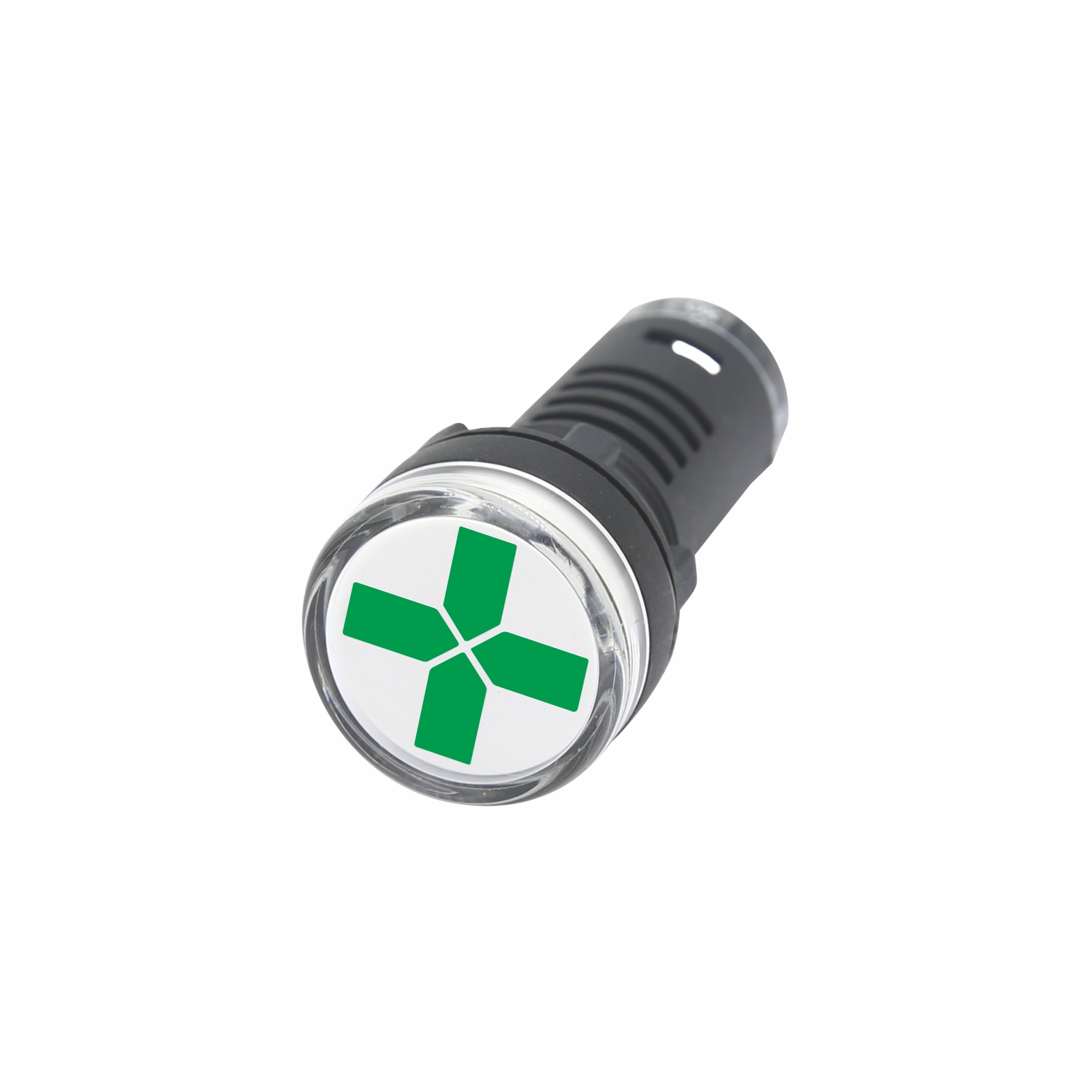An RCD is a standalone device that is designed to protect against electrical shocks caused by ground faults. It continuously monitors the current flowing in a circuit and quickly detects any imbalance between the live and neutral wires. If a fault is detected, such as current leakage to the ground, the RCD trips and cuts off the electricity supply, preventing potential electric shocks.
On the other hand, an RCBO combines the functions of an RCD and a circuit breaker into a single device. In addition to providing protection against ground faults, an RCBO also safeguards against overcurrent situations. It can detect both leakage current and excessive current flow, offering a dual layer of protection. If a fault or overcurrent event occurs, the RCBO trips, disconnecting the circuit to ensure safety.
 : +86-139 0587 7291
: +86-139 0587 7291 English
English Español
Español Русский
Русский Français
Français العربية
العربية Português do Brasil
Português do Brasil Українська
Українська Türkçe
Türkçe Polski
Polski Nederlands
Nederlands Italiano
Italiano Bahasa Indonesia
Bahasa Indonesia हिन्दी
हिन्दी اردو
اردو አማርኛ
አማርኛ Հայերեն
Հայերեն ไทย
ไทย Монгол
Монгол فارسی
فارسی Shqip
Shqip Ελληνικά
Ελληνικά



















